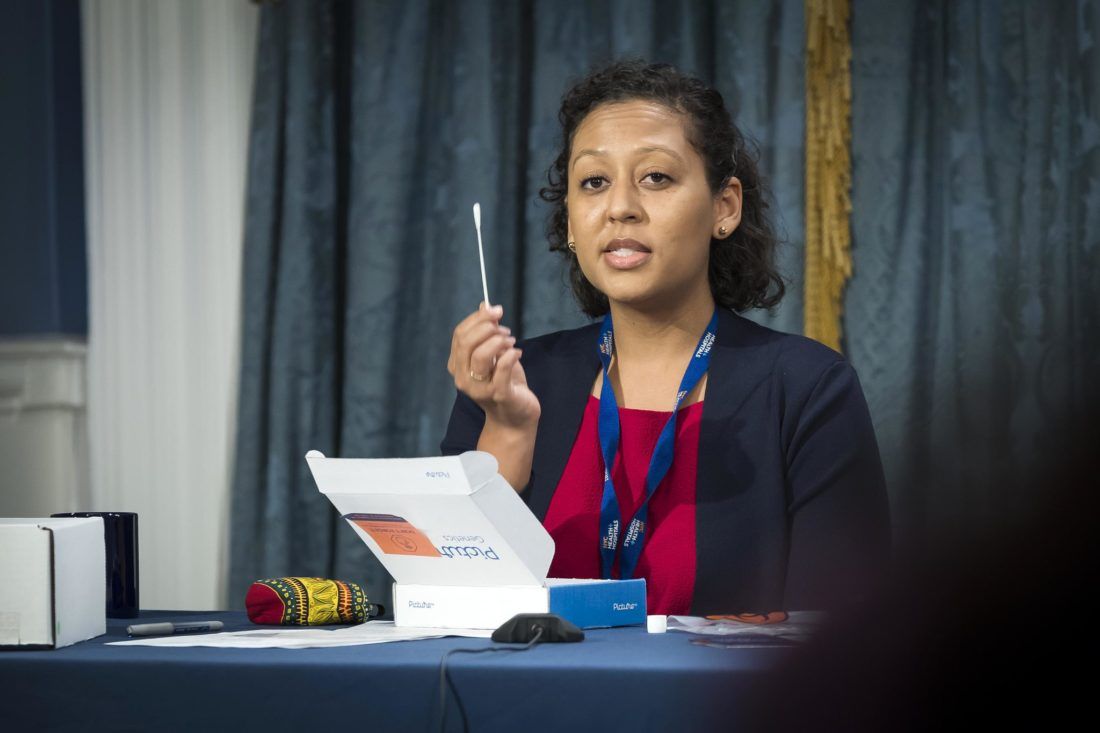Brooklyn COVID19 Numbers – 450 New Cases, Household Transmission A Concern, At Home Tests

Last week, I was writing about how we have moved from 200-300 COVID-19 positive cases a day in October to 300-400 cases a day in November across Brooklyn. Now we see numbers in the mid 400s. Neighbors, we are heading fast for more restrictions at this rate.
According to the State, 19,871 Brooklyn residents got tested yesterday, and 450 got positive results, for a borough-wide positivity rate of 2.3% (2.1% over 7-days). Staten Island is approaching 4%, Queens and the Bronx are both at 2.6% on a 7-day average). One Brooklyn redient died. The statewide positivity rate is 2.95%.

In Brooklyn’s orange cluster, rates are as follows. No information has been provided recently on rates in the Brooklyn Yellow zone:

As the numbers and rates rise, and new restrictions are imposed on local businesses (like yesterday’s announcement that all bars, restaurants, and gyms have to close at 10 pm), and capping indoor gatherings at 10 people, local politicians are starting to advocate for public schools to remain open.
Schools:
Schools were to be ordered closed if the citywide infection rate exceeded 3%.
“We must get our priorities straight. Schools are essential spaces for learning, community building, and services for all of our students. They should not be the first thing to close as the second wave of COVID-19 cases rise around our city,” Councilmember Brad Lander, who is running for the position of NYC Comptroller in next year’s elections, said.
“Prioritizing schools means closing indoor dining, gyms, offices, and even non-essential retail before we close the schools. We may well need to close our schools amidst this second wave, but that decision should be based on the best public health data that we have. We did not have that school-based data in March, but we do now, and we should use it. School-based testing shows a positivity rate under 0.25% in every borough right now, even as cases rise rapidly citywide. Let’s use the data we have to inform the decisions about our school system so that we can target our effort to curb the spread of the virus in the most effective way while doing the least disruption to the lives and learning of the next generation. “
Household Transmission:
Amanda Johnson, Director of Take Care New York said at this morning’s Mayor’s press conference that household transmission is a significant concern in NYC. “We have emerging data from the CDC that shows us that in households where one person has tested positive for COVID-19, 53% of those households go on to have a second person test positive for COVID-19.”

Transmission happens very early on: “Of those 53% of households that went on to have a second person develop COVID-19, 75% had those infections happen within those first five days after exposure,” she added, reminding everyone that “you don’t have to stay in your household, posing undue risk to the people that you live with.” Contact tracers can help arrange for a hotel and ship you a Take Care package, including masks, gloves, a thermometer, and a pulse oximeter.
“It also includes cleaning supplies, hand sanitizer, and very recently, we started to include an at-home testing kit,” Johnson said.
Numbers from the Mayor:
- 100 residents were admitted to hospitals, 36.2% with COVID19. Threshold 200 patients for this indicator and this is the first time in a long while we have exceeded 100. Positivity is also up, indicating heavier cases.
- New cases on 7-day average are at 870 (threshold of 550 was passed over a week ago).
- 2.3% tested positive yesterday. The 7-day average is at 2.6%
“I’m going to keep saying it, if you haven’t been tested in a while, get tested. If you’ve never been tested, get tested,” Mayor said. “Folks in Staten Island, particularly in that yellow zone set of neighborhoods, we need you to get tested. It makes a huge difference in our ability to fight back this disease.”



